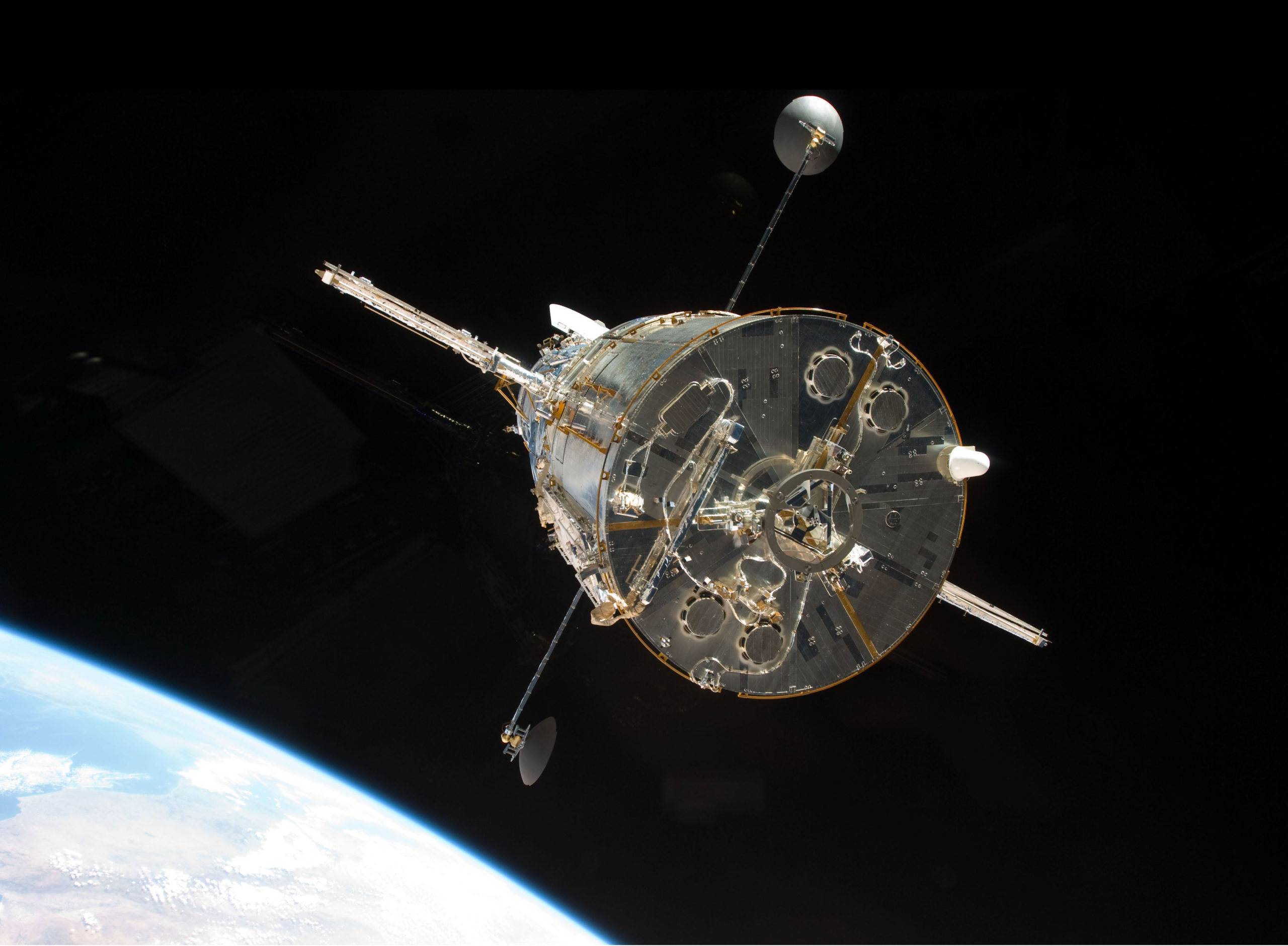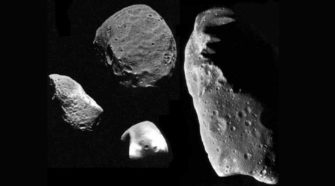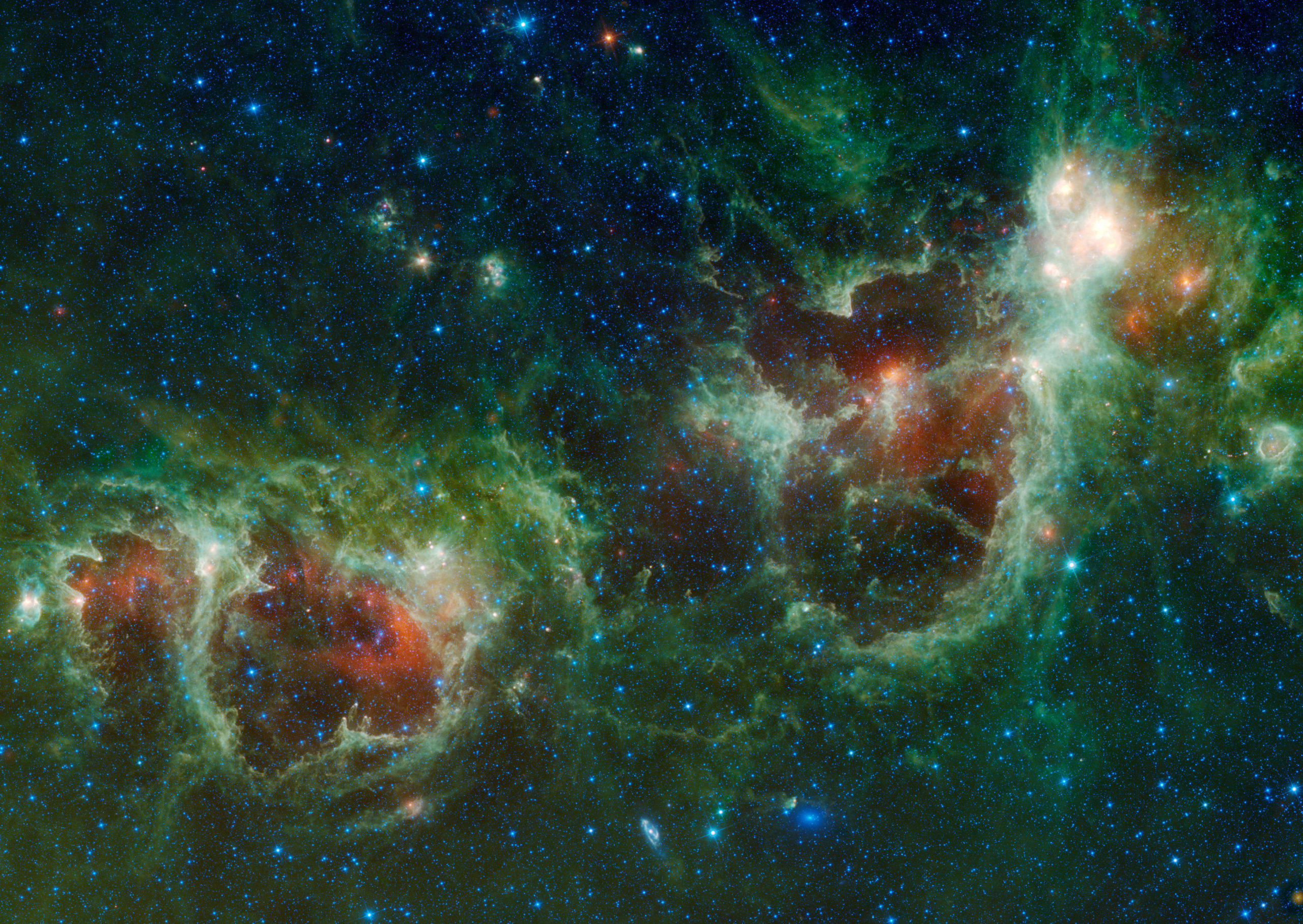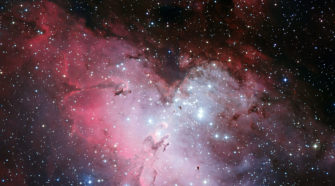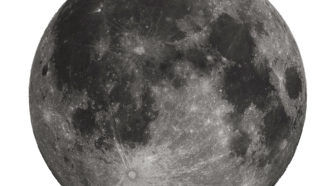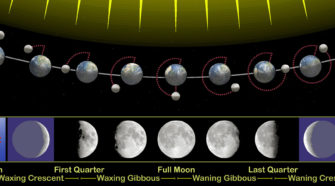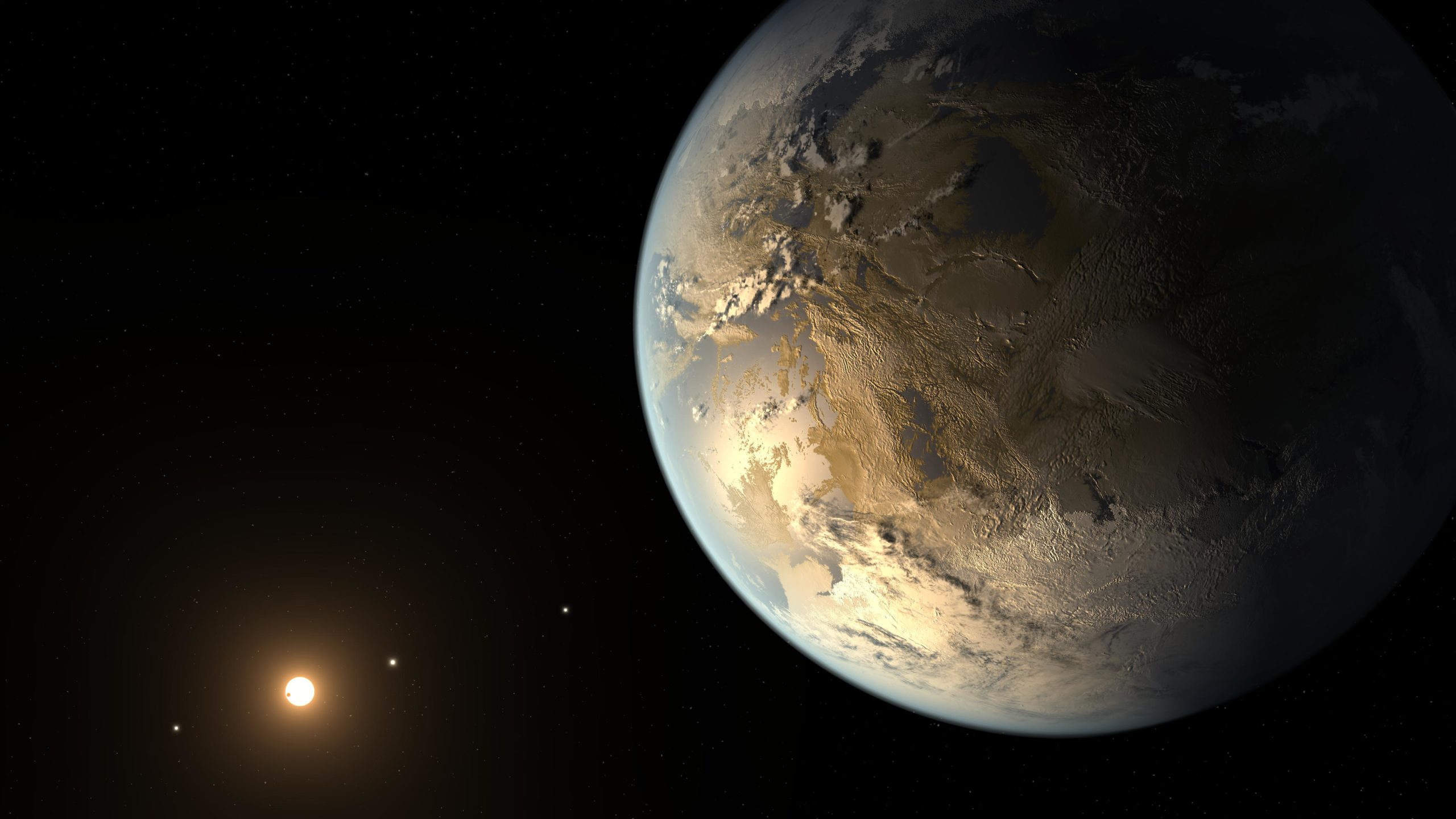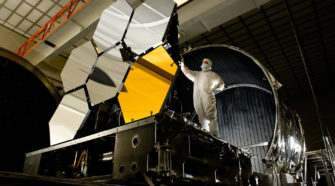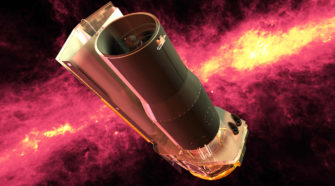Astronomy
Hubble, bubble, toil and trouble
Vocabulary • Focal Length: The distance between a curved mirror and its Focal Point • Focal Point: The position where all reflected light inside the telescope focuses to a point of light • Focal Surface: The place where the Focal Point converges to • Primary Mirror: The larger of the two curved mirrors that reflect …
Astronomical serendipity
Since 1594, when Johannes Kepler predicted that there should be a planet between Mars and Jupiter, astronomers had been searching for that “missing planet.” When Giuseppe Piazzi discovered Ceres in 1801, the scientific world thought that he had ended the search. Then Ceres disappeared from sight, only to be recovered one year later. Astronomers breathed …
Cassiopeia: The Queen
Cassiopeia is a prominent constellation in the northern hemisphere which is very easily recognised as a W or M in the night skies. In most of Continental America and all of Europe it is visible year round but becomes most spectacular in the winter months, when it is elevated to a much higher altitude. Along …
M16: The Eagle Nebula
The Eagle Nebula is located in the constellation Serpens and is one of the most iconic star forming regions in our galaxy. The nebula is also known as Messier 16 or M16 in the catalog of celestial nebulas and star clusters compiled by French Astronomer Charles Messier. This is probably one of the most famous …
All about the Earth’s moon
As this issue commemorates 45 years since the first human placed foot on the Moon it seems rather fitting to feature the Moon in this astronomy item. As we all know the Moon is our nearest astronomical body at about a quarter of a million miles or 405,000 Km away. Unlike other planets in our …
Moon phases: Past, present and future
Take a look tonight at the Moon. What lunar phase do you observe? If you and your students want to learn more about the lunar phases before studying the night sky, we recommend: http://bit.ly/RShiwaay. Observing the Moon night after night and either photographing the phase or drawing it, is a good way to understand the …
Kepler finds nearest twin to Earth yet
Using NASA’s Kepler Space Telescope, astronomers have discovered the first Earth-size planet orbiting a star in the “habitable zone” — the range of distance from a star where liquid water might pool on the surface of an orbiting planet. The discovery of Kepler-186f confirms that planets the size of Earth exist in the habitable zone …
Meet NASA’s James Webb Space Telescope – Launch Date: 2018
In a 1.3 million cubic-foot cleanroom at NASA’s Goddard Spaceflight Center in Greenbelt, Md., 18 gold-coated primary mirror segments await installation on NASA’s James Webb Space Telescope. Those mirrors and the telescope’s four science instruments just steps away, will become the most powerful space telescope ever built. “The Hubble Space Telescope has already rewritten the …
The Spitzer Space Telescope: 10 years of viewing the Universe’s dark side
More than ten years have now passed since NASA’s fourth “Great Observatory” – the Space Infrared Telescope Facility (SIRFT) – was boosted into orbit from Cape Canaveral Air Force Station, Fla., atop a Delta II rocket. It was intended to complement is three older siblings, the Hubble Space Telescope, the Compton Gamma Ray Observatory and …
How engineers revamped Spitzer to probe exoplanets
Passing its 10th anniversary, NASA’s Spitzer Space Telescope has evolved into a premier observatory for an endeavor not envisioned in its original design: the study of worlds around other stars, called exoplanets. While the engineers and scientists who built Spitzer did not have this goal in mind, their visionary work made this unexpected capability possible. …

